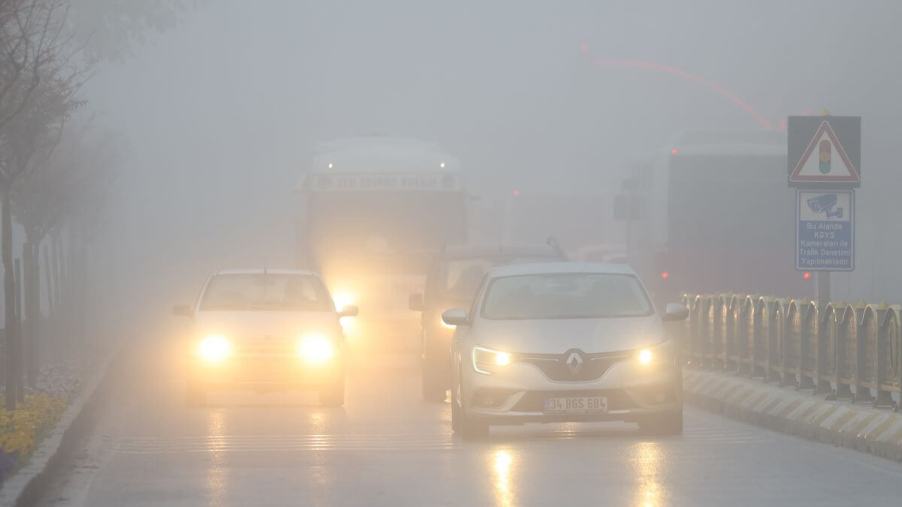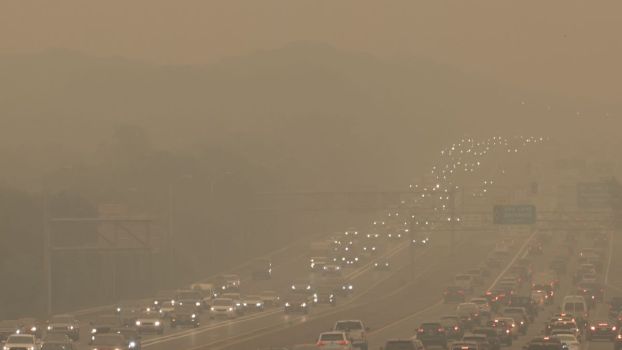
5 Non-Foggy Road Conditions to Use Fog Lights In
Fog lights are often considered a luxury feature reserved for special road situations. However, they can be an essential car safety feature beyond just aiding visibility in foggy conditions. Fog lights can play a significant role in enhancing safety on the road, potentially saving lives in various non-fog weather situations and road conditions.
Let’s explore five scenarios where fog lights can help keep you safe, highlighting their importance beyond foggy conditions.
What are fog lights?
According to Motor1, Fog lights are auxiliary lighting units mounted on the front of a vehicle, typically below the regular headlights. They are designed to emit a wide, low beam of light that illuminates the road surface directly in front of the vehicle.
Unlike standard headlights, fog lights are positioned closer to the ground, which helps reduce glare and minimizes light diffusion caused by fog, rain, or snow particles. These lights enhance visibility in challenging conditions, making them an essential safety feature.
1. Dust storms
Dust storms are natural weather phenomena that can reduce visibility to dangerously low levels, creating hazardous driving conditions. In these situations, dust particles are suspended in the air, diminishing the effectiveness of regular headlights. Fog lights can penetrate the dust particles, providing a clearer view of the road directly in front of the vehicle.
2. Off-roading
Off-roading occurs in challenging terrain with uneven surfaces, low-light environments, or limited visibility due to dust, dirt, or vegetation. The wide beam pattern of fog lights helps illuminate the immediate area around the vehicle, allowing drivers to spot obstacles, rocks, or debris that may pose a threat. By enhancing visibility in off-road situations, fog lights contribute to safer navigation and reduce the likelihood of accidents.
3. Rain
Rainy conditions can significantly impair visibility on the road, especially during heavy downpours or when combined with mist. However, the beam from fog lights cuts through the rain and mist, allowing drivers to see the road more clearly. This improved visibility enhances safety by helping drivers detect potential hazards, such as standing water, hydroplaning risks, or other cars.
4. Smoke
Smoke from wildfires, industrial accidents, or vehicle fires can create hazardous conditions. In these scenarios, fog lights can be extremely beneficial. The focused, low beam of fog lights helps cut through the smoke, enabling drivers to navigate the affected area with better visibility. By reducing the chances of collisions or other road incidents caused by reduced vision, fog lights can be lifesaving during smoky conditions.
5. Snow
Driving in snowy conditions can be challenging since snowflakes can scatter light and cause glare from standard headlights. Fog lights can illuminate the area immediately in front of the vehicle and assist drivers in navigating snowy roads more safely. This helps reduce the risk of accidents and improves overall road safety.
You can see clearly with fog lights
While fog lights are commonly associated with foggy conditions, their benefits extend far beyond that, according to the National Weather Service. Whether it’s dust storms, off-roading, rain, smoke, or snow, fog lights help improve visibility and aid drivers in detecting potential hazards. By utilizing fog lights effectively, drivers can reduce the risk of accidents, protect themselves, and contribute to safer roads for everyone.




